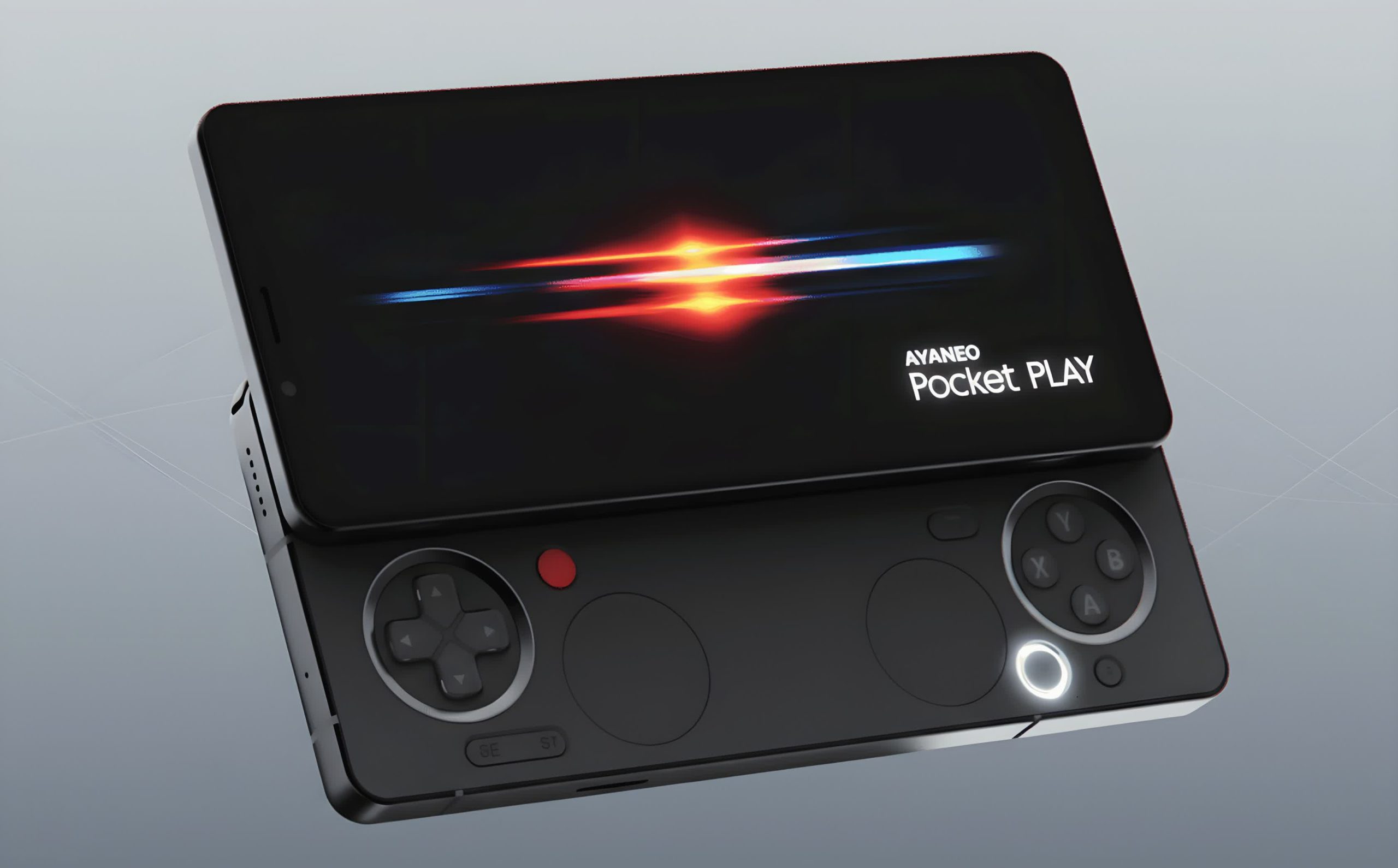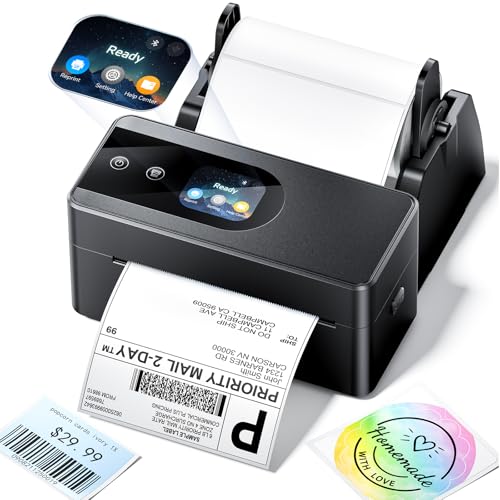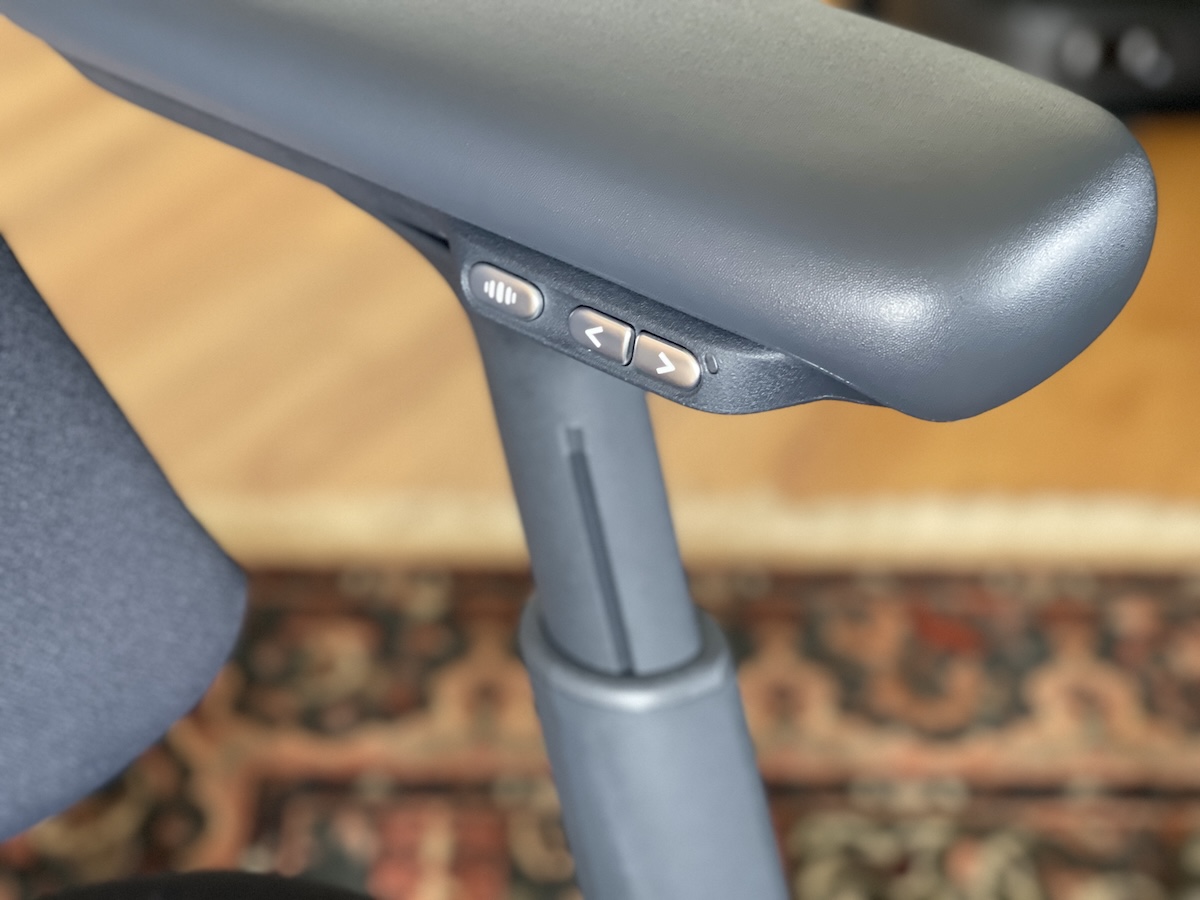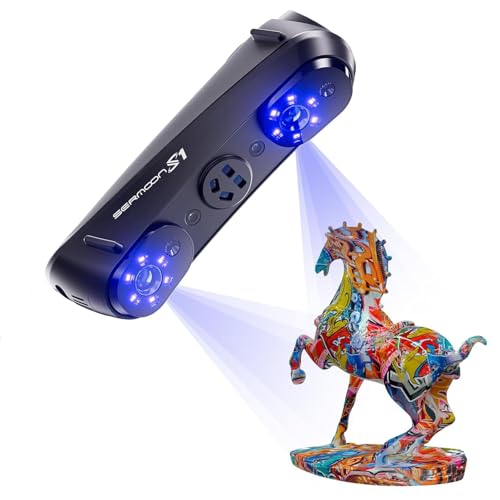Most cars today pack more hidden features than a Swiss Army knife in Batman’s utility belt. Yet the average driver plods along, blissfully unaware they’re sitting on a goldmine of clever engineering that could transform their motoring life. From emergency braking systems that react faster than a cat on an espresso to fuel-saving tricks that would make even the most penny-pinching uncle nod in approval, these automotive secrets can save you money, time, and possibly your rear bumper.
Modern vehicles have evolved beyond simple transportation into rolling computers with wheels. Knowing these hidden gems helps you master your four-wheeled companion rather than just pointing it down the road and hoping for the best. Ready to unleash your car’s secret superpowers? Let’s pop the hood on these overlooked features that make driving not just safer but actually enjoyable – even during Monday morning rush hour.
14. Transmission Reset Trick

The Transmission Reset Trick is the automotive equivalent of turning your computer off and on again – surprisingly effective and criminally underused. This electronic defibrillation zaps your vehicle’s Transmission Control Module back to factory settings, wiping the memory slate clean of all those jerky shifts it learned from your lead-foot driving habits.
Just run through a simple sequence of ignition cycles and pedal gymnastics (typically holding the gas pedal for 15 seconds), and you’ve potentially saved yourself hundreds in unnecessary garage bills.
Most post-1996 vehicles with electronic transmissions have this hidden feature tucked away in their digital brains. The beauty lies in its simplicity – no tools, no disassembly, just a vehicle exorcism that clears adaptive memory.
What feels catastrophic in your transmission – harsh shifts, delayed engagement, or that terrifying stuck gear – often comes down to confused software rather than metal-on-metal carnage. Just remember: if the reset doesn’t stick, you’re facing actual mechanical issues that need professional attention faster than you can say “transfer case.”
13. Blind Spot Monitoring

Blind Spot Monitoring serves as your personal guardian angel against the highway’s most terrifying game of chance – the sideways surprise attack. This radar-based system keeps electronic eyes perpetually scanning those awkward zones where traditional mirrors become about as useful as sunglasses at midnight.
One moment you’re cruising along, contemplating lunch options, and suddenly a warning light flashes – saving you from turning your perfectly good commute into an insurance claim form and a day of exchanging details with a furious stranger.
The technology slashes side-swipe collisions by up to 26% according to a comprehensive study by GM and the University of Michigan. Most systems use radar sensors tucked behind the rear bumper fascia, constantly sweeping adjacent lanes for metal intruders.
While the sensors generally work brilliantly, they can be temporarily blinded by torrential rain or enough road grime to coat a small planet. That’s why keeping a best car vacuum handy can help you keep those sensors and other interior features in top condition.
12. Gas Cap Fuel Tank Side Indicator
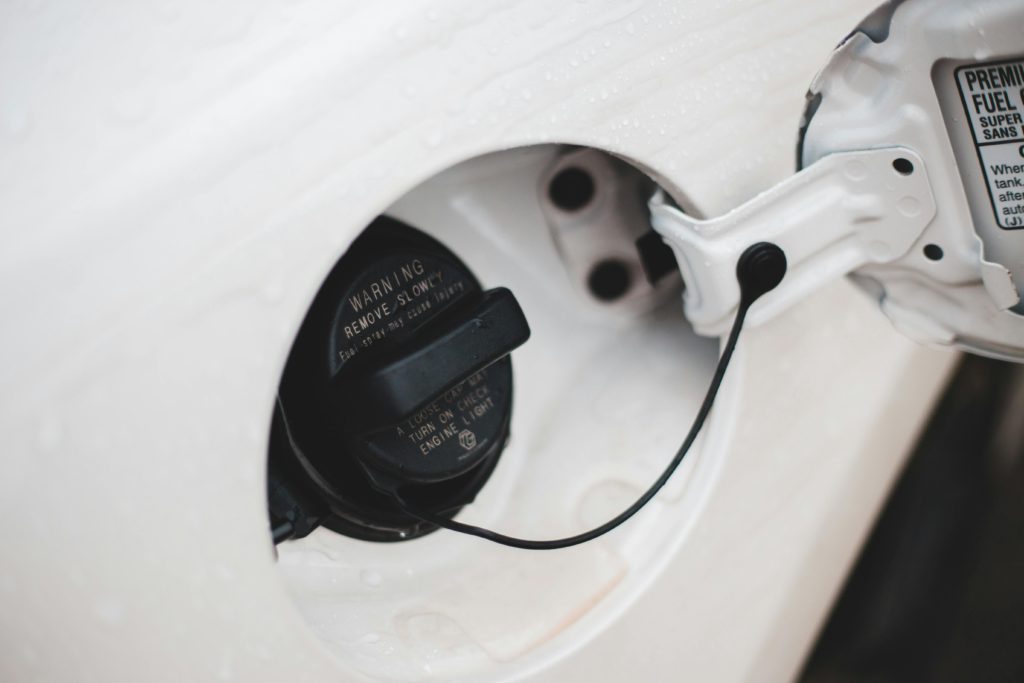
The tiny arrow next to your fuel pump icon represents perhaps the greatest ratio of simplicity-to-usefulness in automotive design since the cup holder. This minuscule directional marker eliminates that awkward gas station tango where you circle your rental car resembling a confused satellite looking for Earth. Drivers admit to occasionally pulling up on the wrong side, making this feature more practical than heated seats in Alaska.
This stroke of genius appeared in most vehicles around 2000, yet somehow remains the automotive world’s best-kept secret. The beauty of this passive feature is its elegant simplicity – no buttons, no setup, no maintenance – just a permanent solution to a universal problem.
For older vehicles lacking this indicator, the fuel pump icon’s handle sometimes points to the correct side. Failing that, a small sticker inside your fuel door works wonders – unless you’re the type who enjoys the special exercise program called “Frantically Repositioning at Crowded Gas Stations.”
11. Starting Car with Dead Remote

The dead key fob emergency start feature stands as brilliant backup engineering that works similar to how Thor’s hammer still summons lightning even when the Avengers are having a power outage. Most modern push-button start vehicles include this hidden talent – when your fob battery dies faster than smartphone battery at a music festival, simply hold the lifeless fob directly against the start button.
The passive RFID chip inside still communicates with your vehicle’s brain, allowing engine start without a single electron of battery power.
This technological magic trick has shipped standard on most keyless ignition vehicles since the late 2000s. Vehicle manufacturers cunningly hide the emergency sensor locations – check your owner’s manual before disaster strikes, as some require placement in specific cup holders or mysterious console crevices.
Cold weather accelerates fob battery drain dramatically, so this trick proves especially valuable during winter months when temperatures plummet and batteries surrender. Always keep the mechanical backup key accessible too – that concealed door keyhole might be your only way inside.
10. Road Condition Indicators

The humble snowflake warning light might be the most underappreciated lifesaver in your dashboard’s collection of illuminated hieroglyphics. This brilliant bit of engineering uses a temperature probe near your front bumper to detect when outside air approaches nature’s most treacherous driving condition – the freeze point.
At around 37°F/3°C, the snowflake icon springs to life, essentially screaming “SLOW DOWN, YOU MANIAC” before you discover black ice the traditional way – through unplanned pirouettes across three lanes.
Accident rates skyrocket by over 25% in near-freezing conditions, precisely when roads still look perfectly innocent. The system gives you precious minutes to adjust speed and increase following distance before disaster strikes. The temperature sensor can occasionally deliver false readings from engine heat or traffic congestion, so treat it as an advisor rather than gospel.
Even without the warning light, approaching the freezing mark demands the same caution you’d use approaching a sleeping bear – respectful distance and very gentle movements.
9. Adaptive Cruise Control

Adaptive Cruise Control transforms highway driving from a constant battle of brake-tap whack-a-mole into something approaching digital zen. Unlike its primitive ancestor that mindlessly maintained one speed until you crashed into something, ACC constantly monitors surrounding traffic using radar and cameras, adjusting your velocity with the precision of a symphony conductor.
The system maintains your chosen following distance by automatically accelerating and braking, with advanced versions capable of bringing your vehicle to a complete stop in traffic before seamlessly resuming.
The real magic happens in your brain, not your braking foot. ACC eliminates the constant micro-adjustments that drain mental energy on long journeys, reducing driver fatigue more effectively than triple-shot espressos. The system reacts to slowdowns in milliseconds – significantly faster than human reaction times.
Always set longer following distances in poor weather, and remember that older systems might struggle with suddenly-appearing stationary objects. The technology assists your driving – it doesn’t replace your obligation to stay alert and ready to intervene.
8. Backup Mechanical Key

The backup mechanical key represents automotive engineering’s humble admission that sometimes old-school trumps new-school when the electrons stop flowing. Hidden within your sleek electronic fob like a secret agent’s escape tool, this emergency metal key addresses the awkward scenario where your car’s brilliant keyless entry system becomes as useful as a chocolate teapot.
Most vehicles cleverly conceal a physical keyhole under a small cap or panel on the driver’s door handle – sacrificing clean design for that pesky “actually getting inside your car” functionality.
Car designers bury these mechanical backups deeper than treasure in a pirate movie, all in service of aesthetic purity. Locate this emergency access point before disaster strikes – nothing amplifies frustration quite resembling frantically searching YouTube tutorials in a dark parking lot with dwindling phone battery.
The mechanical key’s elegant simplicity means it works during complete electrical failures, EMP attacks, zombie apocalypses, or the more likely scenario of standing outside your car during a thunderstorm with a dead key fob.
7. Tire Pressure Monitoring System (TPMS)
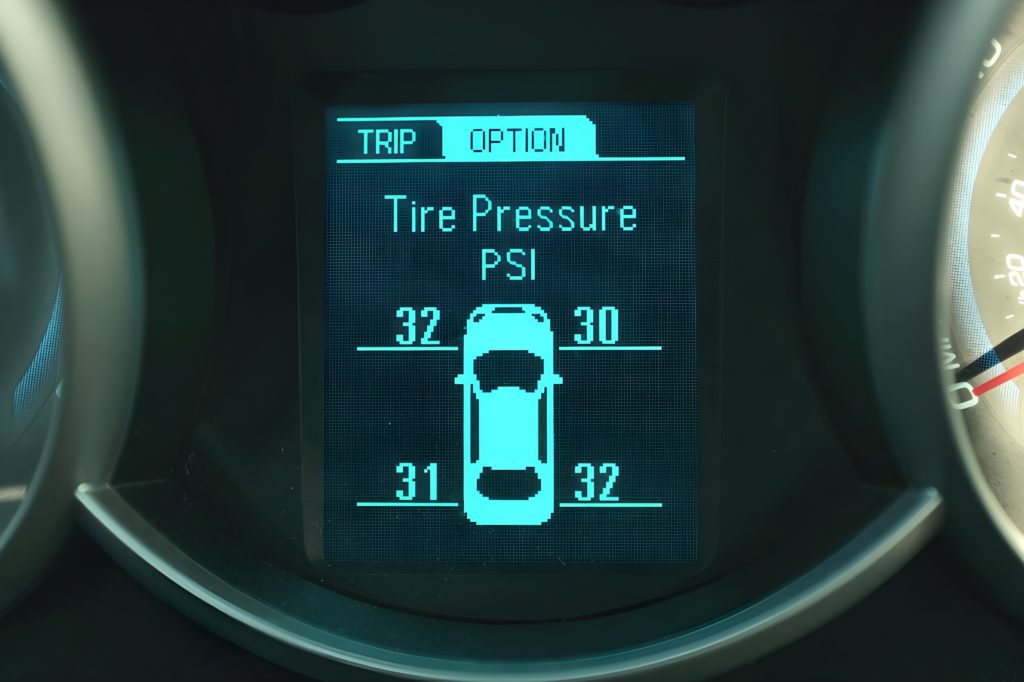
The Tire Pressure Monitoring System serves as your vehicle’s faithful pressure guardian, constantly checking each tire for the automotive equivalent of high blood pressure – except in reverse, where too low is the danger zone.
Since becoming mandatory in the US in 2007, this electronic nanny uses either direct sensors inside each tire or indirect wheel speed monitoring to detect when pressure drops below safe levels. When that critical threshold gets breached, a yellow warning light shaped vaguely resembling a squashed UFO with an exclamation mark appears on your dashboard.
Properly inflated tires deliver the automotive trifecta – better fuel economy (up to 3.3% improvement), reduced accident rates (3% fewer crashes), and extended tire life (up to 25% more miles). Modern systems display exact PSI readings for each individual tire, while basic versions simply alert you when something needs attention.
The direct-type sensors require battery replacement every 5-7 years – typically during tire replacement – making them the rare maintenance item that actually synchronizes perfectly with another service interval. Always verify pressure when tires are cold for accurate readings, as heat from driving temporarily increases pressure.
6. Side Mirror Defrosters

Side mirror defrosters rank among the most appreciated features for anyone who’s ever attempted the futile morning ritual of scraping side mirrors clear only to watch them immediately re-frost like stubborn frozen desserts.
These cleverly integrated heating elements – essentially transparent electrical wires embedded directly in the glass – rapidly clear frost, ice, and condensation without requiring you to exit the vehicle. Most systems activate in tandem with your rear defroster button, though premium vehicles often provide dedicated controls.
The beauty of this system lies in its operational simplicity and considerable safety impact. Side mirrors frost over significantly faster than windshields due to their smaller mass and exposure to crosswinds. When activated, the defrosters typically clear visibility within 60-90 seconds while consuming minimal electrical power – roughly equivalent to a small light bulb.
Budget trim levels often skip this feature despite its modest manufacturing cost, leaving drivers to battle nature with plastic scrapers and colorful language. Activate these defrosters immediately upon starting your vehicle in cold weather – preventing ice formation proves far easier than removing it.
5. Windshield Defogging

Windshield fog materializes similar to an unwelcome movie jump-scare – one moment clear visibility, the next a blinding white sheet rendering your windshield about as transparent as a shower curtain. The humble can of shaving cream sitting in your bathroom represents the surprisingly effective secret weapon against this visibility vampire.
Apply a small blob to your interior glass, wipe it completely away with a clean microfiber cloth, and you’ve just created an invisible hydrophobic barrier that prevents condensation from forming in the first place. This DIY treatment costs pennies compared to commercial products yet delivers days of crystal-clear visibility.
The science behind windshield fogging involves the classic conflict between your warm, moisture-laden cabin air and the colder glass surface – basically your windshield hosting an unwanted meteorology experiment. The fastest emergency defogging comes from simultaneously running your air conditioning (which removes moisture) and your heater (which warms the glass).
Target airflow directly at the windshield while cracking windows slightly to equalize pressure. Modern climate systems often include AUTO defrost settings that orchestrate this temperature-moisture dance automatically, but understanding the manual approach remains essential when electronics fail.
4. Maximizing Gas Mileage

Maximizing fuel economy requires driving as though there’s an egg between your foot and the accelerator – gentle pressure, smooth transitions, and absolutely no sudden movements. The difference between aggressive and efficient driving can swing fuel economy by a staggering 10-40%, transforming your vehicle from gas-guzzling monster to relative sipper without changing a single mechanical component.
The physics revolve around momentum conservation – each time you brake, you’re converting expensive gasoline energy into worthless brake heat, essentially burning money at stoplights.The aerodynamic sweet spot for most vehicles lives between 45-65 mph, where engine efficiency and air resistance reach their optimal compromise. Each 5 mph over 65 effectively burns an extra 7% in fuel, making that speedometer climb an expensive proposition.
Those fashionable roof racks create drag approximately equivalent to driving with a parachute, reducing economy by up to 25% at highway speeds. Properly inflated tires reduce rolling resistance substantially, while clean air filters ensure proper combustion. For automatic transmissions, using the highest gear possible without lugging the engine delivers maximum efficiency.
If you’re looking to squeeze more value from every drive, consider adding a few must-have car gadgets that make everyday commutes smoother and take the hassle out of maintenance.
3. Fuel Cap Holder

The humble fuel cap holder ranks as perhaps the most underappreciated piece of automotive design since the invention of the sun visor. This tiny plastic hook or slot, cleverly integrated into your fuel door, prevents your gas cap from performing its favorite party trick – swinging wildly on its tether to scratch your pristine paint faster than a cat in a bathtub.
The engineering principle couldn’t be simpler: give the cap somewhere to rest while refueling that isn’t bouncing against your quarter panel like a hyperactive toddler on a sugar rush.
Beyond preventing cosmetic damage, this miniature marvel serves a practical purpose. A properly secured fuel cap maintains system pressure and prevents contamination – critical for modern evaporative emissions systems that operate under precise pressure parameters. An improperly sealed cap frequently triggers check engine lights by creating vacuum leaks that confuse your vehicle’s sophisticated emissions monitors.
Newer vehicles increasingly adopt capless systems that render this feature obsolete, but for the vast majority of cars on the road, this tiny plastic detail reflects thoughtful engineering focused on real-world usage.
2. Steering Wheel Raised Dots

Those nearly imperceptible bumps on your steering wheel at 9 and 3 o’clock weren’t randomly placed by bored factory workers or curious extraterrestrials. These tactical little nubs serve as blind position indicators – allowing drivers to find optimal hand placement without taking eyes off the road.
Think of them as nature’s equivalent of the F and J keyboard bumps, but for driving instead of touch-typing. Their strategic positioning supports the hand placement driving instructors have advocated for decades – maximizing control while minimizing injury risk during airbag deployment.
The genius behind these humble protrusions lies in their subtlety – providing tactile feedback without distracting visuals or electronic nannying. When your hands naturally rest at 9 and 3, you gain significantly better steering precision and wheel control during emergency maneuvers.
The position also prevents hand-over-hand steering (crossing your arms), which can lead to entanglement during airbag deployment. Performance vehicles occasionally buck convention with 10 and 2 positioning instead, prioritizing high-speed precision over airbag safety concerns. Always maintain thumbs along the wheel rather than wrapped around – unless you fancy the idea of having them forcefully relocated during airbag deployment.
1. Automatic Emergency Braking (AEB)

Automatic Emergency Braking stands as perhaps the greatest advancement in vehicle safety since seatbelts, functioning essentially as a guardian angel with silicon wings and radar eyes. This revolutionary system constantly scans the road ahead with millimeter-wave radar, stereoscopic cameras, or lidar sensors, identifying potential collisions long before your brain registers danger.
When it detects imminent impact, the system first screams warnings at the distracted human behind the wheel before taking matters into its own electronic hands – applying brakes with computer precision and reaction speeds that make even Formula 1 drivers look positively glacial.
The statistics tell the tale – AEB slashes rear-end collisions by a staggering 50% across all driving conditions. Modern systems operate with astonishing sophistication, distinguishing between vehicles, pedestrians, cyclists, and animals while calculating time-to-impact in milliseconds. While early versions struggled with stationary objects or operated only at lower speeds, today’s systems function across virtually the entire speed spectrum.
The technology has proven so effective that it’s now standard equipment on most vehicles built since 2018. Despite its impressive capabilities, AEB remains a backup system rather than primary operator – no electronic nanny can replace an alert, engaged driver who isn’t scrolling TikTok while piloting two tons of metal.









